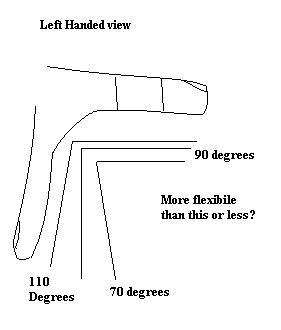International Tie Breaker Rule
Question
This is my second year of umpiring and have coached several years. This is also the first year I have played with the International Tie Breader Rule being used.
We had a problem agreeing on the definition of "last batted out" since this is how our rule is written. In the last inning of the game, the visitors had a man on first. The batter hits one to the fence. The runner on first was thrown out at third for the last out.
The coach, and president of the league, was saying that it was the last player who hit when the out was made. I didn't agree, since he was not put out. It was the runner in front of him who got thrown out.
I have not found any definition of last batted out. The only reason I can think of that it would be worded this way would be that it would be the last person who batted and was put out.
For example, same scenario as mentioned above except that the runner going to third, and got put out was a courtesy runner for the pitcher, and got put out. He would not be the last batted out since he did not bat. This would prevent a speedster automatically getting put onto second base. In this case it would go back to who made the second out in the inning, that is if he did bat and was not a courtesy runner also.
Can you help me with the definiton of last batted out and just who in this case would go to second in the tie breaker inning?
Thank you very much.
Answer
It is funny to me that you ask this because my league is just implementing a tournament to finish our season this year and we had to debate this very same issue. My interpretation is/was that the "last batted out" is the person who completed their at bat when the third out was made. If the situation you first describe were to happen and the runner who got tagged out were to be put on second, then you couldn't give that batter who contributed to his out another at bat in the next inning. But you couldn't skip him and go to the next batter after him either.
If say the runner got out on a steal to make the third out then yes he would be put on second and the batter who was up at the time of the steal would bat again. My issue is that you cant give someone another at bat immediately after they had already completed one. Its a tricky situation and when the situation gets written down somewhere i might be wrong, but its what makes the most sense to me now.
If I find out anything more I will let you know.
baserunner
Fielding ground balls


